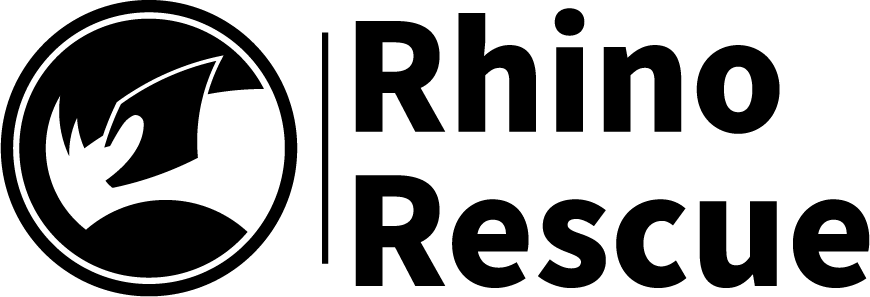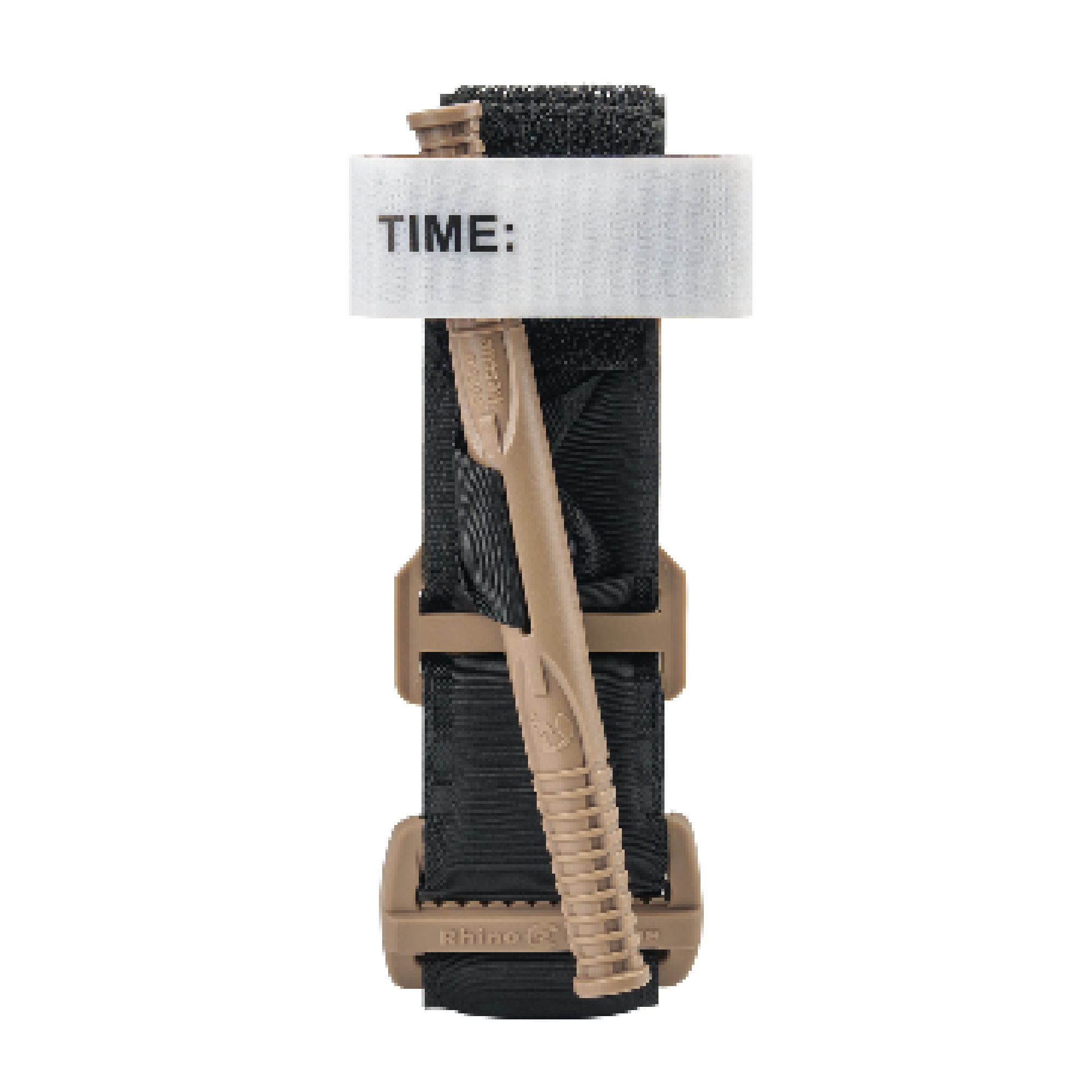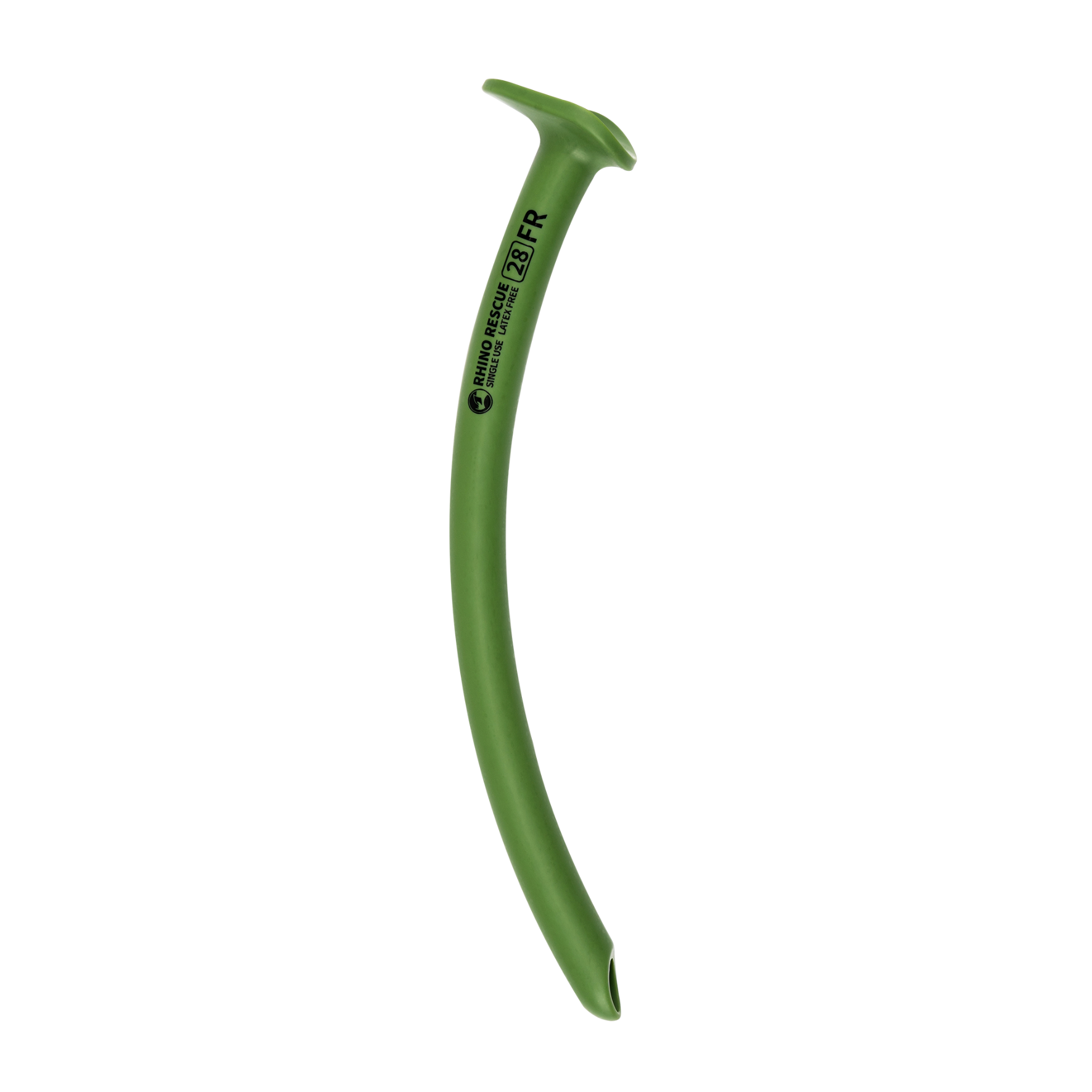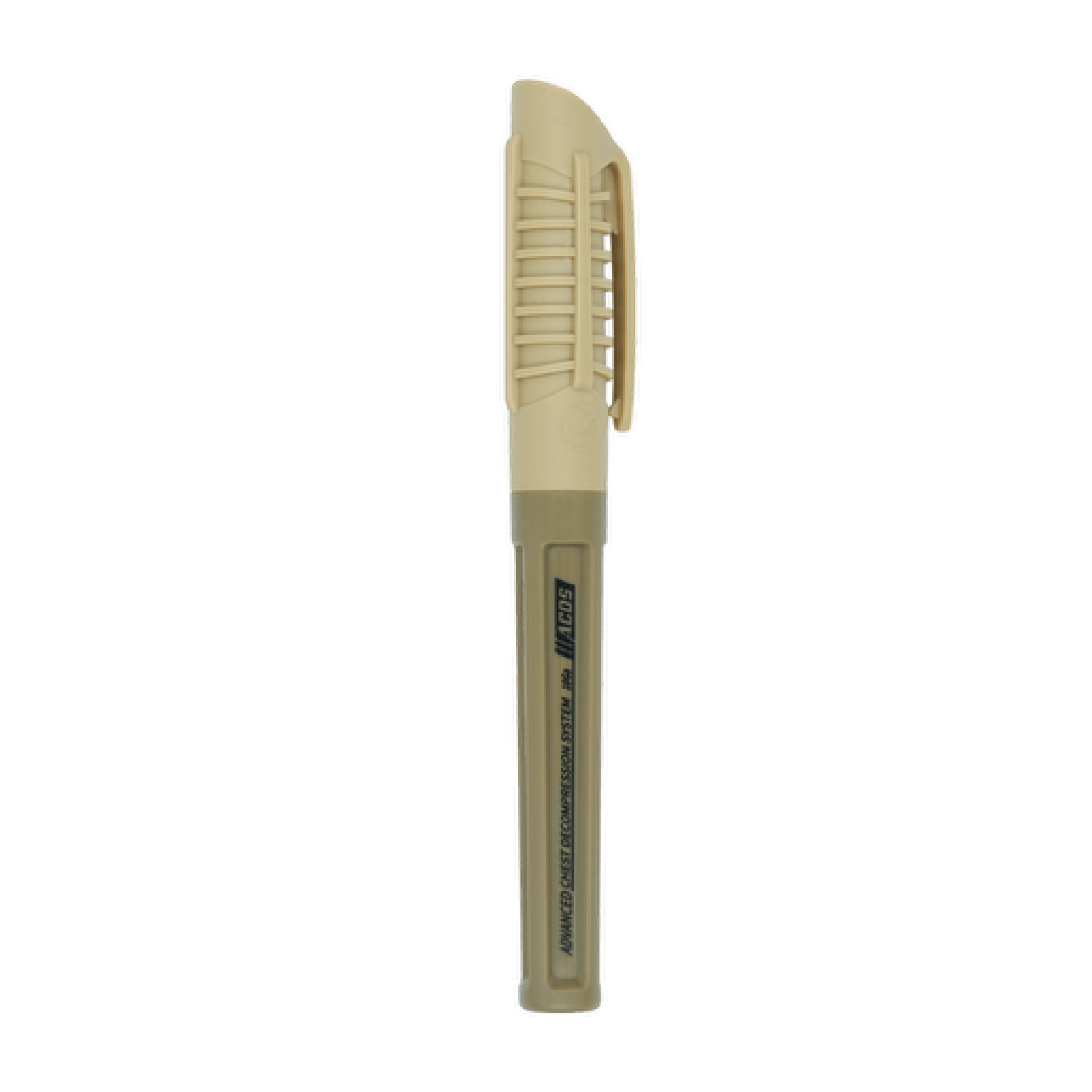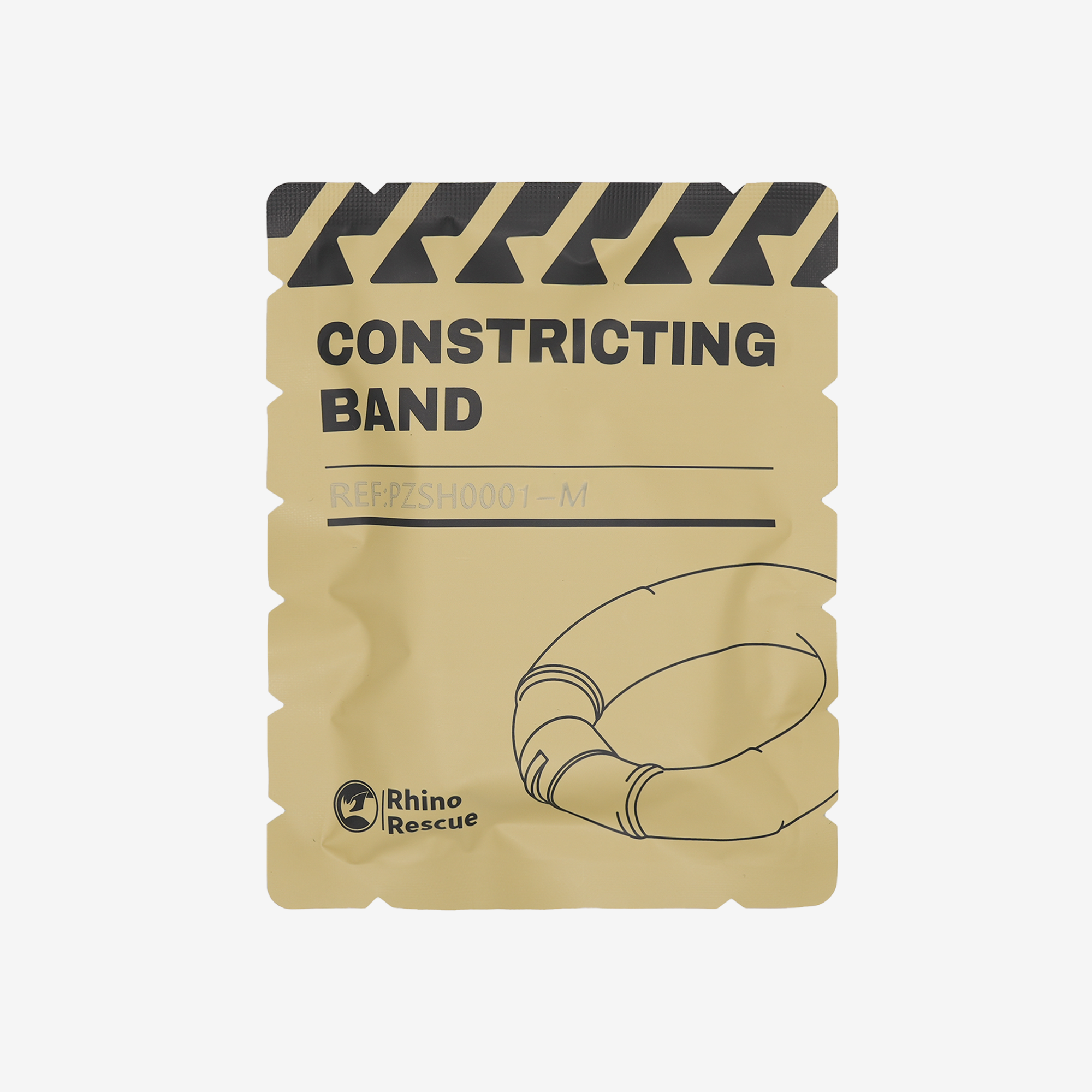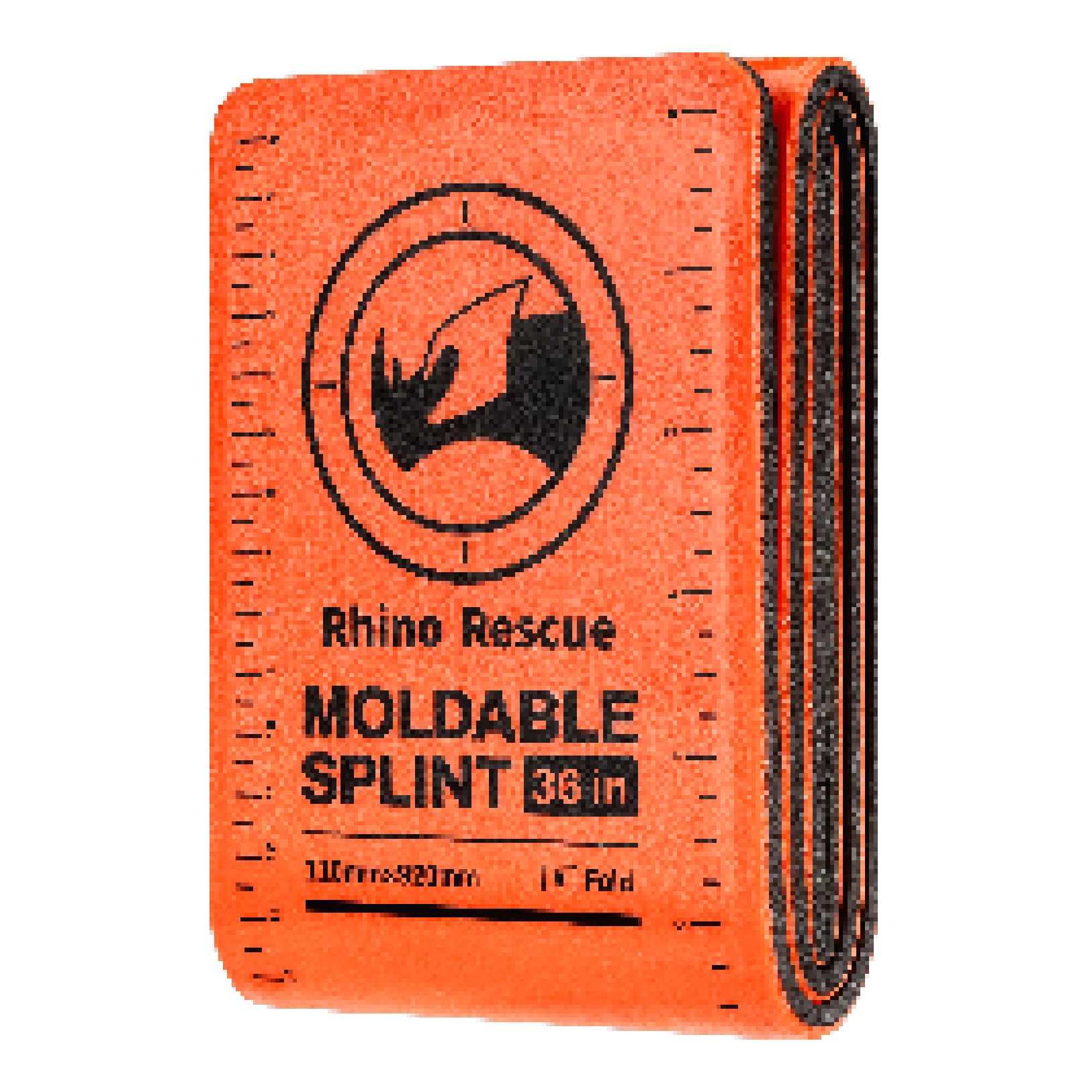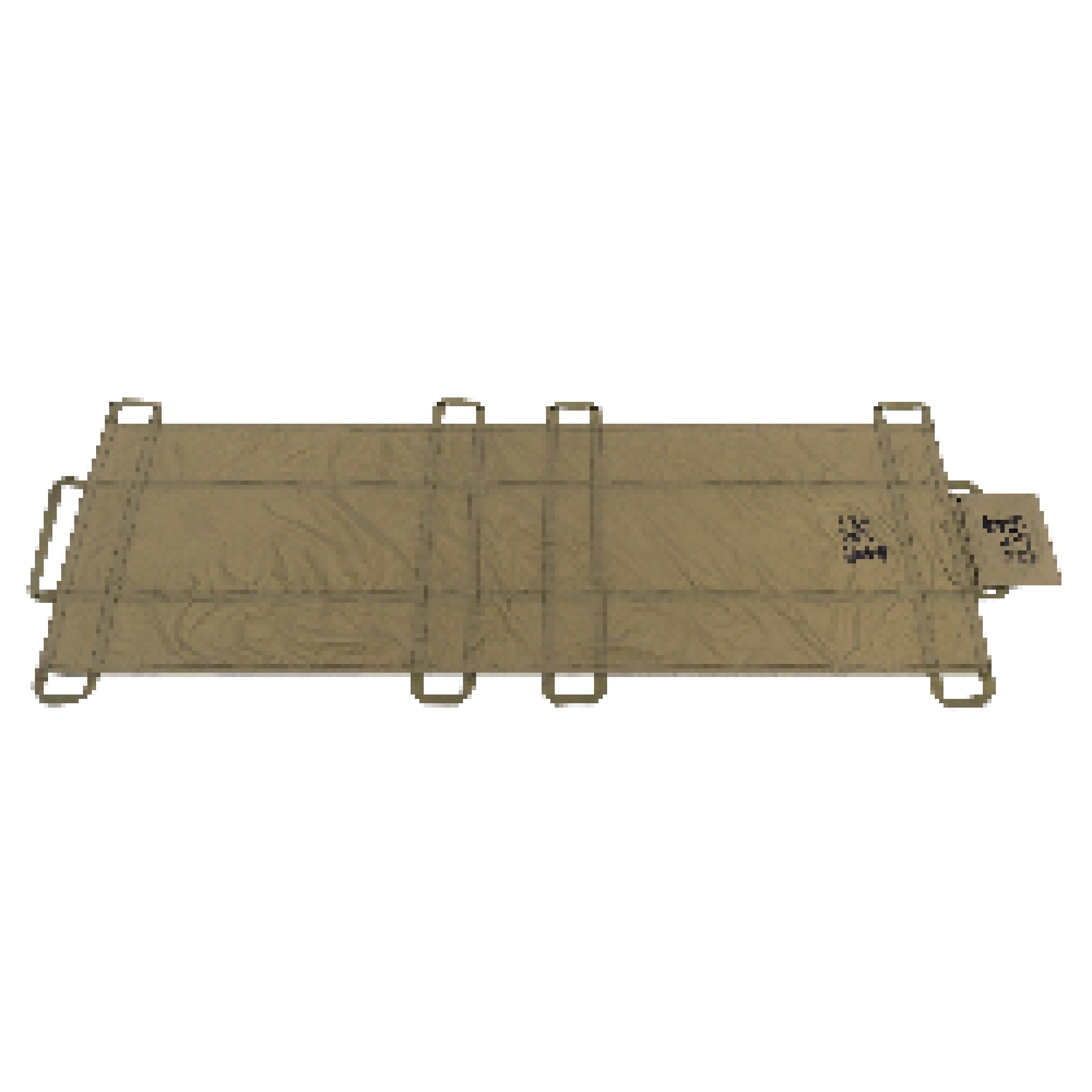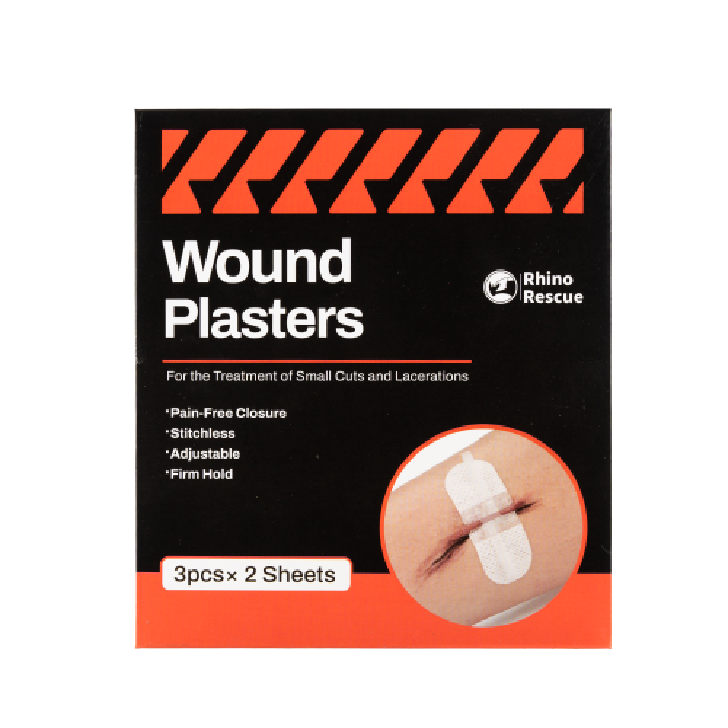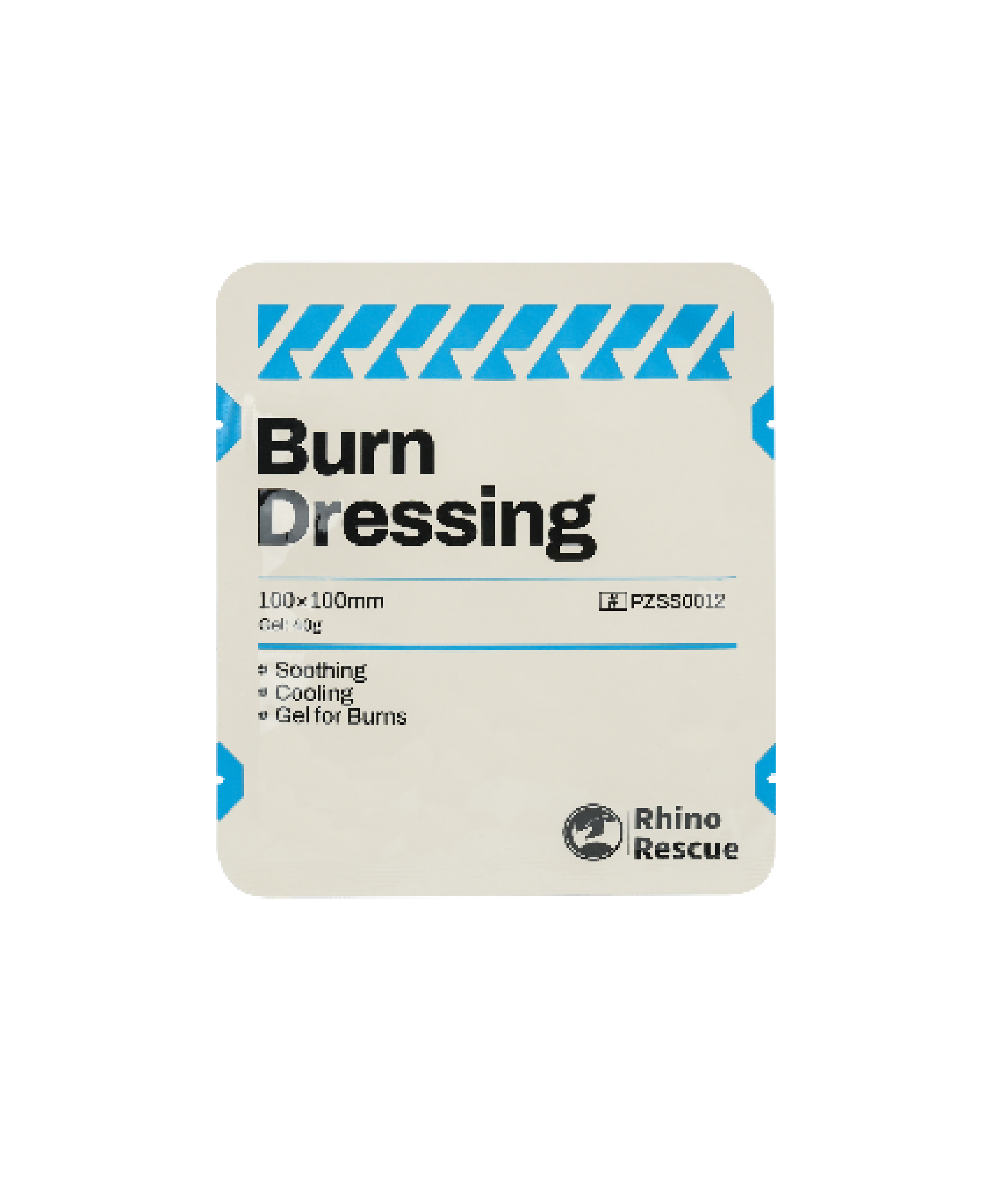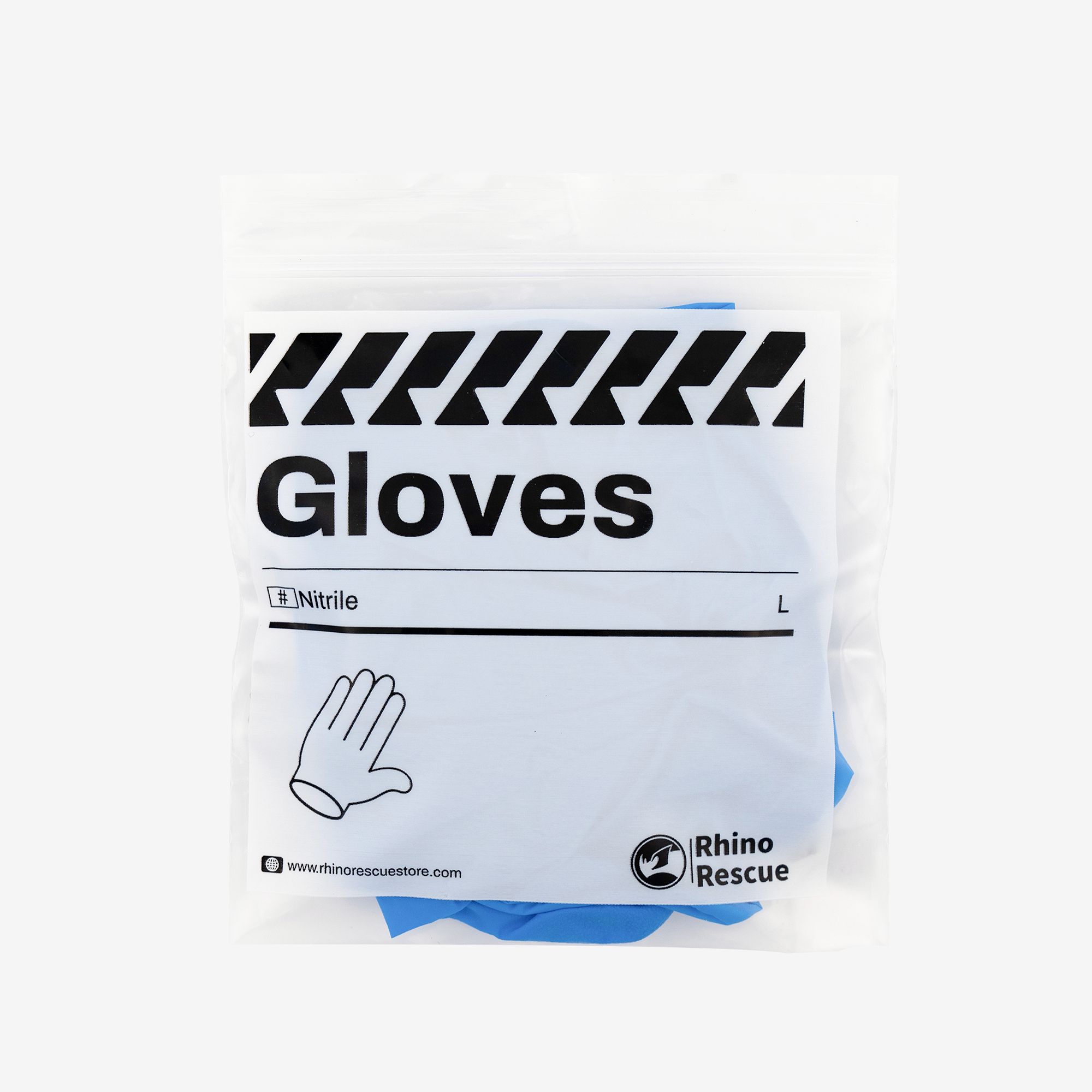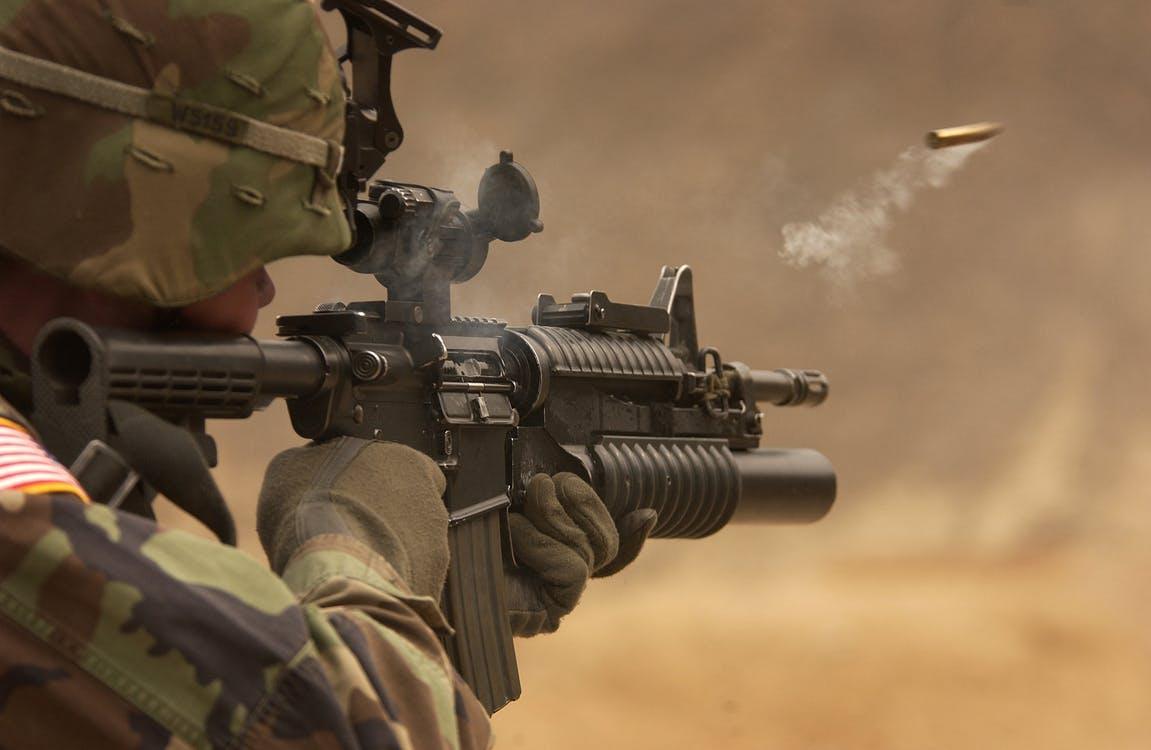In the field environment, participants cannot get rapid and complete urban medical assistance, and the limited resources and severe natural environment aggravate the particularity of field first aid. Therefore, as the most important thing to implement first aid in the field environment, the most important thing is to timely judge the severity of the problem, timely and reasonable treatment, and prevent the occurrence of secondary injuries.
Preparation Before First Aid
In the outdoor environment, once there is a personnel physical injury, do not rush into the wound treatment and handling link, so that it is easy to miss the accident details, resulting in secondary injury and secondary accidents. Remember to complete the following work before officially entering the processing process:
- Body check
With the help of visual diagnosis, palpation, auscultation, a comprehensive physical examination of the injured, we pay special attention to any abnormal conditions, such as tenderness, skin color change, swelling or deformation. For the injured who are unconscious or cannot cooperate, they should also check their belongings, which can provide us with more important information.
- Measure important life signs
Measuring important vital signs can judge whether the victim's condition is deteriorating or improving, and identify potential problems as early as possible. The specific method of measuring vital signs depends on the available equipment and the degree of training of the rescuer.It is best to measure and record the six vital signs together every once in a while, and to make an overall judgment of the physical condition and trend of the victim:
Pulse (P): normal people are 60~120 times per minute, and the commonly used measurement positions are the radialartery (at the wrist) and the strong artery (at the neck).
Breathing (R): the normal breathing rate is 12~20 times per minute, shortness of breath, difficulty or accompanied by noise all need to be paid attention to.
Blood pressure (BP): the quiet systolic blood pressure is 100~120mmHg, and the diastolic blood pressure is 60~80mmHg.
Body temperature (T): The normal core temperature of the body is 37 degrees Celsius. It should be noted that the core temperature of the body and the skin temperature of the body surface are quite different, and the most accurate way to obtain the core temperature in the field environment is the oral cavity and rectum.
Skin (S) color: it can reflect the condition of the blood through the capillary of tissue, and the skin color changes usually indicate the loss of blood volume caused by the body disease or pain.
Level of consciousness (AVPU): This is an important indicator of the functional state of the brain. ‘A’ means the patient is awake. ‘V’ responds to sound. ‘P’ patient responds to pain. ‘U’ means the patient is unconscious.
Based on the above information, we can basically have a clear understanding of the situation of the injured person and the surrounding environment. Injured can enter the treatment stage at this time. Therefore, the above data should be recorded immediately to provide first aid reference for doctors after going to the hospital.
The Wound Treatment
Outdoor injuries are generally as follows: first, soft tissue damage includes open damage and closed damage. Second, fractures include both open and closed fractures. Third, shock.
Every outdoor sports enthusiast should make the necessary preparations for these injuries, including equipment preparation and skill preparation. Preparing appropriate first aid kits and attending first aid skills training before participating in outdoor sports.
First Aid Items
None survived before being rescued. Keep calm and keep yourself in an easy spot, so keep a first aid kit with you anyway. Make sure the first aid kit is light and small, and easy to carry outdoors.
All forms of emergency shelter, such as emergency blankets, emergency sleeping bags, or waterproof bags.
The prepared medicines usually include: gloves, compressed gauze, bandages, scissors, splints, tourniquet, triangle towel, etc.

